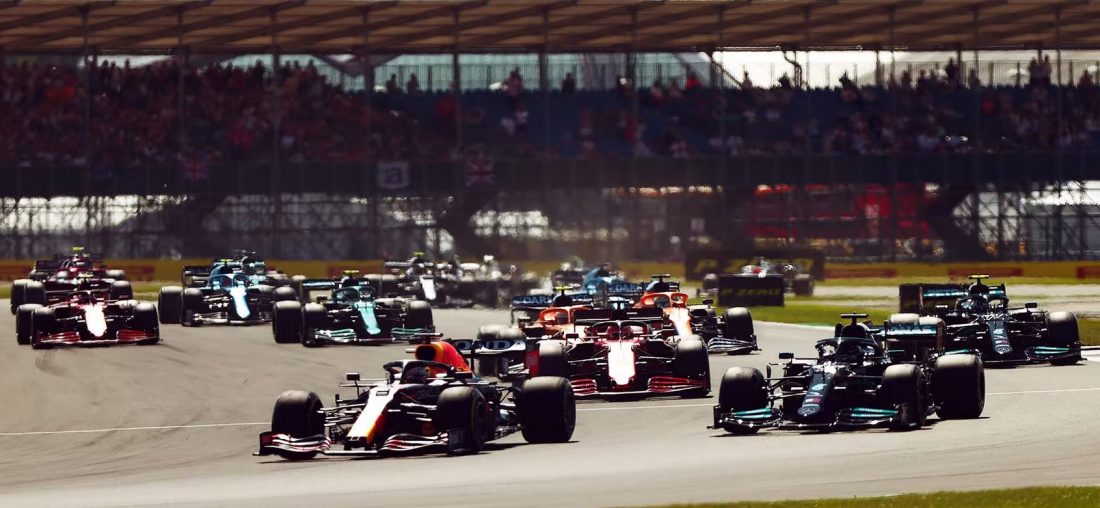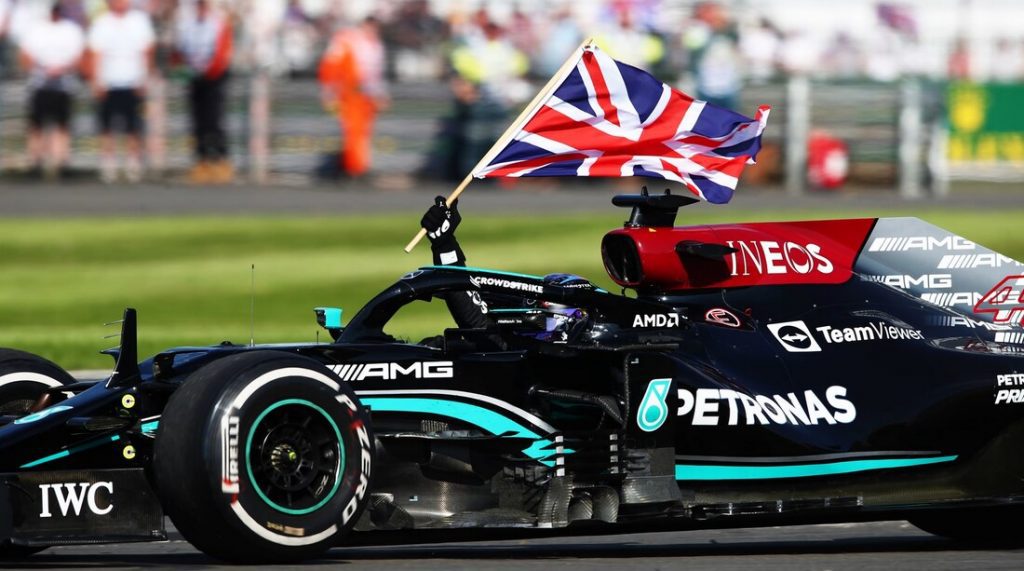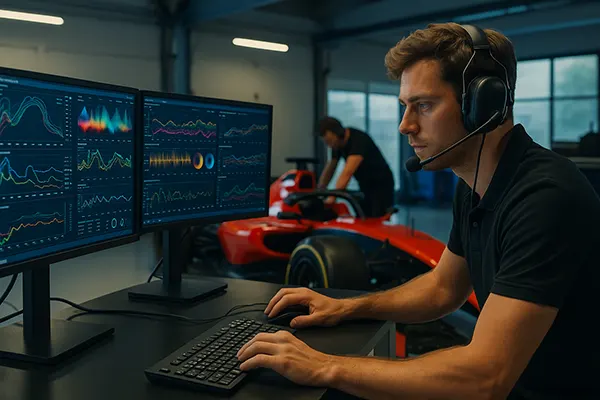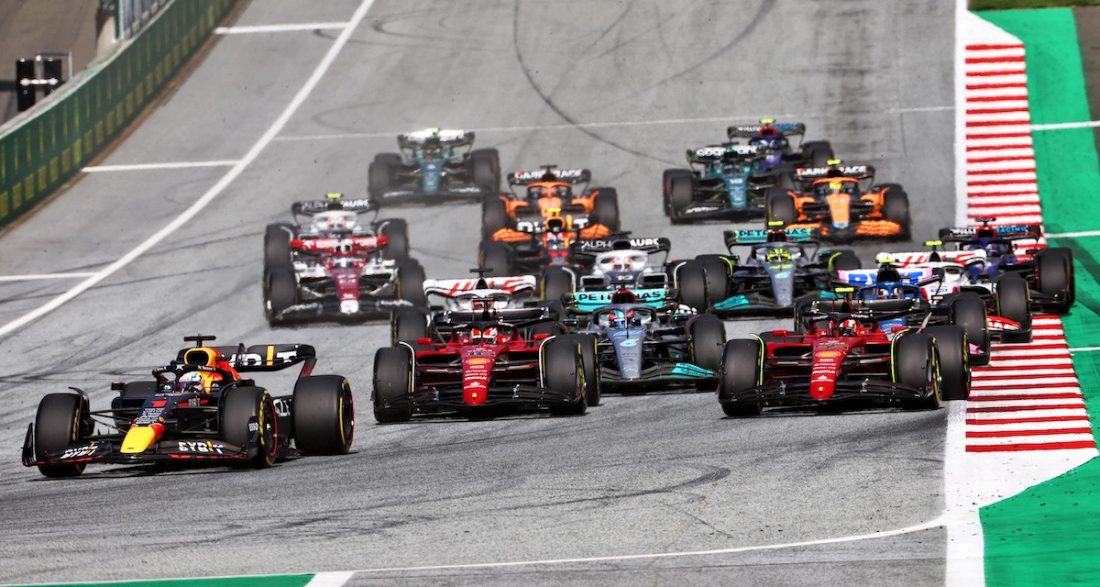
Key Takeaways from the British Grand Prix
There’s anticipation for new disputes within “Alpine”, and faith in the rationale behind the judges’ decisions is waning.
McLaren emerged as the shining star of the British F1 Grand Prix, both in qualifying and the race, where they were the closest challengers to Red Bull. So what spurred this rapid surge from the team, and what else of significance transpired at the 11th Grand Prix of the season?
How Did McLaren Soar So High?
Warnings of a modest start but promising new developments were issued from Woking even before the season kick-off. However, it was presumed that at best these updates would suffice for a tussle with “Alpine” for the title of best midfield team. Yet, in reality, McLaren left everyone in the dust, except for the invincible “Red Bull” – shocking!
The MCL60 upgrades were successfully tested by Lando Norris at the Austrian Grand Prix. Even there, his car was the third fastest. However, it was believed to be a one-time occurrence, especially considering the Brit’s traditional success at the “Red Bull Ring”. Nevertheless, at Silverstone, McLaren not only maintained its previous level but made yet another stride forward – with Norris’ pace being well-matched by Oscar Piastri, who was trying out the updated car for the first time.
So, what’s the secret? Mark Hughes, a respected reviewer from The Race, noted that even less successful F1 cars of the new generation can handle high-speed corners with ease, making low frontal resistance and solid performance in slow corners crucial at Silverstone. As for the latter, we’ll keep an eye on McLaren at the Hungarian Grand Prix, but good top speed on the straights offered a massive advantage to both Norris and Piastri, as well as the “Williams” drivers – the pace of this team at Silverstone was also surprising. In essence, with the ground effect, Silverstone’s high-speed corners turn into straights, where both legendary teams traditionally excel.
Now it will be interesting to observe McLaren at the slow “Hungaroring” circuit, where top speed is far less critical, and the demands on the cars are entirely different. But for the Belgian Grand Prix before the summer break, it seems like a safe bet to back Norris or Piastri for the podium again.

Crisis at Mercedes and Ferrari?
Despite Lewis Hamilton’s podium finish, it’s doubtful that Toto Wolff and his team are satisfied with the results of this stage. Essentially, Mercedes is watching as a client team, which until recently was struggling far behind, suddenly overtake them. Does this mean McLaren’s technical department is functioning more effectively than the engineers of the “Silver Arrows”?
It’s no surprise that Hamilton is already urging his team to figure things out urgently, pointing out that while they tried to forge their own path and reluctantly began to copy some of “Red Bull’s” solutions, McLaren was far more active in their ‘cut and paste’ approach and instantly made up a second. The logical question arises: are the engineers at Mercedes and, by extension, Ferrari becoming victims of their own arrogance? Is there internal resistance to simply copying ideas that have already been tested by their colleagues?
The “Alpine” Fiasco
You probably remember how Laurent Rossi, the boss of “Alpine”, harshly criticized his team after a poor season start. Among other things, the Frenchman asserted that he wasn’t going to relieve his charges of the task to fight for the fourth place in the Constructors’ Cup. The goal seemed like a fantasy even then, yet Rossi insisted that failure to achieve it would constitute a failure.
Well, “Alpine” is now staring at a double fiasco: Judging by McLaren’s progress, the French team has no chance to compete even with them. The factory team has fallen back to sixth place, which, by all indications, is where they’ll end their season. It wouldn’t be surprising if internal disputes and layoffs start happening within “Alpine” again. And it raises a big question about the effectiveness of Rossi’s management style.




